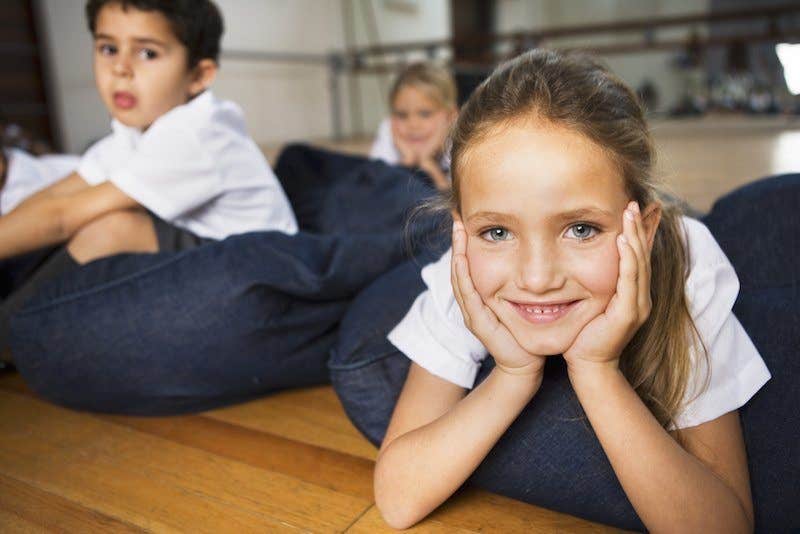13 November 2015
 The government of New South Wales recently unveiled what it is calling the Classroom of the Future. The prototype classroom was established in the NSW Department of Education's Futures Learning Unit, which is located at Australian Technology Park in Sydney. Read more to find out how bean bag chairs for classrooms will be incorporated into the project
The classroom includes state-of-the-art technology and comfortable seating, such as kids bean bag chairs and Lego furniture.
The government of New South Wales recently unveiled what it is calling the Classroom of the Future. The prototype classroom was established in the NSW Department of Education's Futures Learning Unit, which is located at Australian Technology Park in Sydney. Read more to find out how bean bag chairs for classrooms will be incorporated into the project
The classroom includes state-of-the-art technology and comfortable seating, such as kids bean bag chairs and Lego furniture.
$1 Billion Earmarked for New Classrooms
Earlier in the year, the NSW government announced that it would be investing $1 billion from the Rebuilding NSW Schools fund to transform classrooms across the state over the next ten years. News of this investment came shortly after it was announced that $2.7 billion would be spent on upgrading school facilities over the next four years. The money from the Rebuilding NSW Schools fund will be used to build or refurbish 1,600 classrooms through the Innovative Education, Successful Students package. This package focuses on creating learning environments that take advantage of the latest technology and study-related materials, including furnishings. The belief behind the program is that students will need advanced skills in problem-solving, critical thinking and research to remain competitive in the future. They will be taught to work independently and in groups while in environments integrated with new technologies designed for efficient learning and collaboration between teachers and students. According to the NSW Department of Education, changes in the education system that have occurred in the past several years require the department to rethink “how schools work, how teachers teach and how students learn.” “The way our children learn is evolving as times change, and it’s exciting to see firsthand how the traditional classroom is being transformed into an interactive learning space,” said Education Minister Adrian Piccoli. “As our classrooms adopt changing technologies, teaching techniques are evolving, and these prototype classrooms are being used by teachers to test these new ways of engaging students.”Trials Held at Futures Learning Unit
On Friday, November 6, trials of the new, futuristic classrooms began at the Futures Learning Unit where the prototypes had already been built under the leadership of Mr Piccoli. Schoolchildren of all ages from primary schoolers to high schoolers were allowed into the prototype classrooms to observe and interact with the new technology and flexible furnishings, which included all of the following and much more:- Mobile touchscreens that permit students to interact with learning material
- Wi-Fi networks and specialized software that allows all devices in the classroom to connect with each other and interact wirelessly
- Walls and surfaces made of a writable material to encourage students to investigate new ideas and collaborate with others
- Furniture, such as bean bag chairs that is flexible and lightweight so that it can be easily moved to adjust the functionality of classrooms between the individual and team learning.
- Bean bags for a school library


